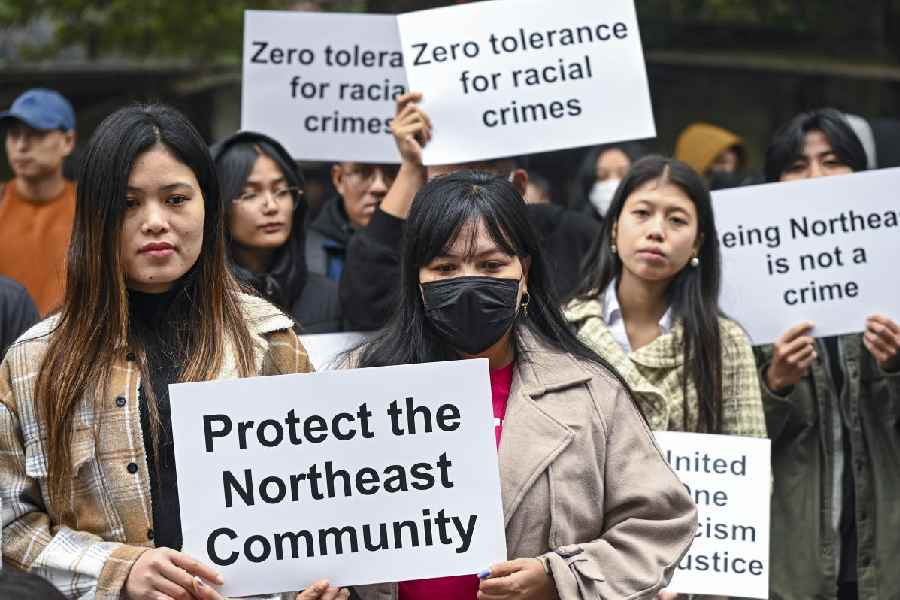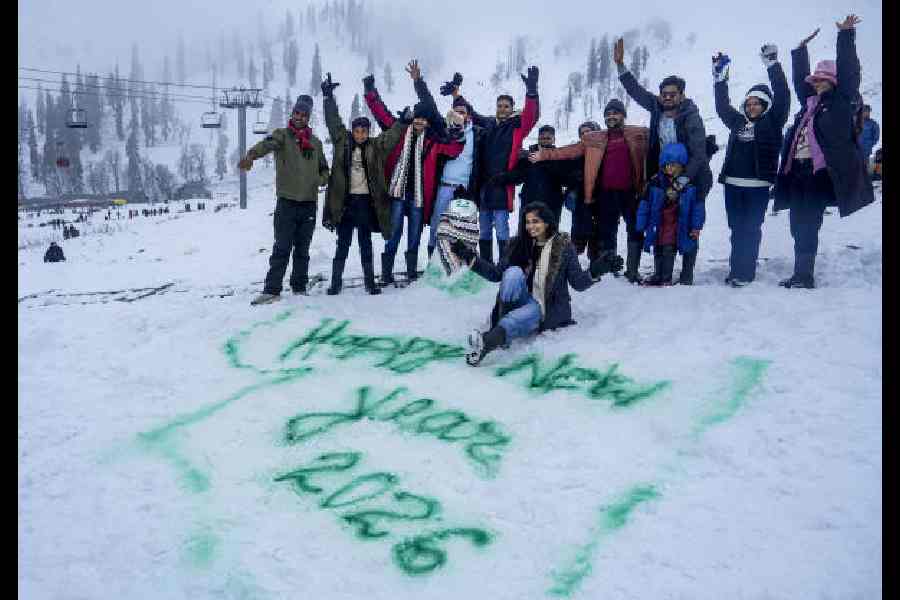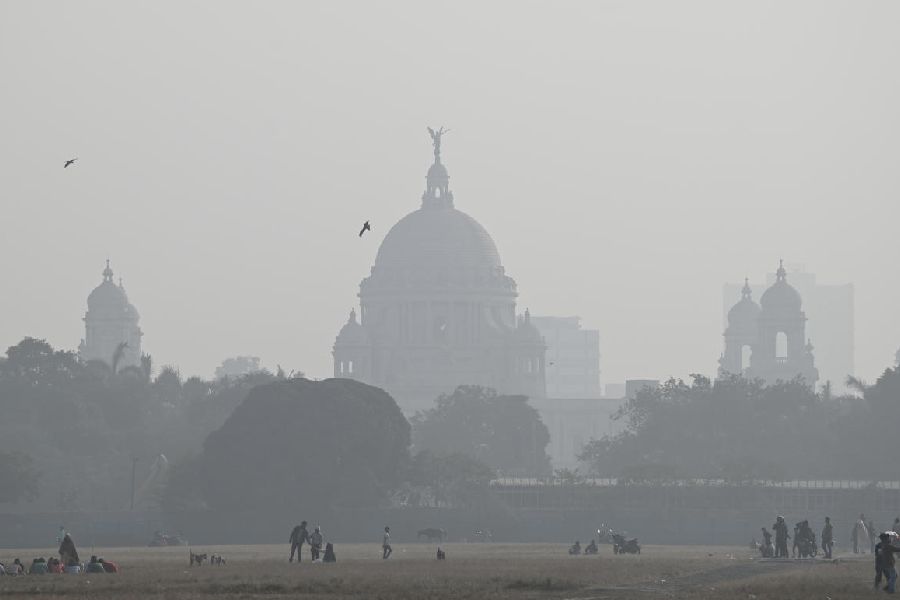Bargarh, Dec. 15: Bargarh’s Dhanu yatra would begin from the Puri beach this year, in a departure from tradition.
Earlier, Kansa, the most popular character of the festival, visited Puri to take a dip in the sea to seek blessings of Lord Jagannath. He did this to wash away the sin he commits during the festival.
Kansa, played by Hrishik-esh Bhoi, will visit the beach town and pray to the Lord to forgive him for insulting Him (Lord Jagannath is Lord Krishna) during the Dhanu yatra. The yatra will begin from the Puri beach next Monday. Bhoi will take a dip in the sea before offering prayers at the temple.
Bhabagrahi Mishra, district collector of Bargarh and president of the festival committee, said the decision to begin the yatra from Puri was taken to tell people that the festival was not confined to Bargarh but that it was a pan-Odisha event.
“We want to tell the people of the state that Dhanu yatra is not restricted just to Bargarh. It is a festival of all Odias. On Monday, when the yatra begins, Kansa will be in Puri to make a darshan of Lord Jagannath, which will mark the beginning of Dhanu yatra. Thereafter, the focus will shift to the open air theatre in Bargarh from December 30,” Mishra said.
The district collector said the committee had taken a decision to ply buses between Ambapali and Bargarh round the clock to help tourists hop from one place to another as the yatra is enacted in several places of the town. During the festival, the district town becomes Mathura while Ambapali transforms into Gopapura. Jira river that flows between Bargarh and Ambapali represents the Yamuna in the Mahabharata.
“A dharamsala in the town serves as King Kansa’s palace and another public place becomes a makeshift prison where Devaki and Vasudeva, parents of Lord Krishna, were imprisoned by Kansa and where Krishna was born. During the festival, Bargarh town becomes an open air theatre,” said festival committee member Sureswar Satapathy.
The festival is being held Bargarh since 1947. Old-timers say the festival began as a way of highlighting the end of British rule. “It is symbolic of the end of British rule in India. Here, the British rulers are depicted as Kansa. It is also a way of celebrating the victory of good over evil,” Satapathy said.










